Last week I kicked off a new series on Traveling Savage highlighting the best Scotland has to offer visitors. I started with five destinations for nature lovers, and I’m continuing today with five destinations for history buffs.
This was a tough list to put together since Scotland is a country with a deep sense of history that spans many eras. From neolithic hunter-gatherers pre-dating the Great Pyramids, through the Iron Age and Dark Ages fraught with battles between Picts and Romans, into the medieval splendor of castles and fortified tower houses, and right on past the Scottish Enlightenment and pre-Industrial era, Scotland has it all.
In Scotland, history buffs are spoiled for choice.
As with all of these “Best Of” lists, I can only rightly pull from my own experiences, so these lists are by no means comprehensive or the final word on the subject. In fact, after last week’s post I’ve got a whole slew of new places I need to visit to feed the nature lover in me. I hope all of you give me more recommendations that fit the history-buff mold so I can track them down on my future trips to Scotland.
Ready for the top five?
The Orkney Islands
There’s no place like the Orkney Islands. The history is so powerful here that it veritably rips apart the earth, and there are more than a half dozen sites of intense historical interest to prove it. Skara Brae, a wonderfully-preserved neolithic village, might be the most awe-inspiring of them all. Dating back five millennia, it’s older than just about every major monument on earth, it’s drystone buildings preserved by a protective covering of sandy turf.
Not far from Skara Brae stand a trio of sister sites that, along with Skara Brae, form the UNESCO World Heritage site known as the Heart of Neolithic Orkney. Maeshowe is an ancient chambered cairn with some of the world’s most extensive runic Viking graffiti, while barely a stone’s-throw away stand the Stones of Stenness and the Ring of Brodgar, both awesome, wondrous standing stones from a lost culture. This area, known collectively as the Ness of Brodgar, is the site of some of the most important and exciting archaeological research as recent findings indicate these sites are part of a larger religious and ceremonial complex as yet unearthed.
Not to be outshone, the Broch of Gurness (this post’s main image), the Tomb of the Eagles, and the Viking-era Brough of Birsay also command attention. These are just a selection of the many things to do in Orkney for the serious history buff.
Edinburgh
Edinburgh is such an easy choice for this list since you feel like part of a different era just walking along its cobbled streets. Edinburgh’s Royal Mile is an obvious first stop, with its evocative closes falling away to lower, oft-buried realms of the city and spooky tales of sordid characters like Burke & Hare and Deacon Brodie. At the top of the Royal Mile stands the crown jewel of Scottish architecture, Edinburgh Castle, while the bottom of the mile houses the Queen’s Holyrood House. Let’s not forget the 18th-century New Town and it’s beautiful neo-classical and Georgian architecture.
Edinburgh also has plenty of less obvious but equally compelling historical sites. Take for instance Dean Village, an old grain milling village within the city of Edinburgh that time seems to have forgotten. The Sheep Heid Inn, Scotland’s oldest pub and a favorite haunt of King James VI, hides in quiet Duddingston just beneath Arthur’s Seat. Then there’s Rosslyn Chapel, just south of the city, which has risen to international fame thanks to Dan Brown’s The Da Vinci Code. The chapel is a stunning work of masonry and architectural vision overflowing with allegories, stories, and occult references etched onto every available stone surface. The history of the chapel is some of the most fascinating of any place in Scotland and well worth the quick bus ride south into Midlothian.
I have barely scratched the surface with this brief run down of Edinburgh’s historical highlights – have I mentioned Flodden Field or the Sir Walter Scott Monument? You could spend weeks here simply drinking in the atmosphere.
Castle Country
Scotland’s castle country, that broad swath of land east of Speyside and north of the River Dee, traces many of its fortresses and ruins hundreds of years into the past when clans wrought bloody warfare upon one another. This area, which comprises Royal Deeside and much of Aberdeenshire, makes for perfect days driving through beautiful countryside to castle after castle.
Many of the castles in this region maintain some connection to Robert the Bruce, who gifted these lands to his faithful supporters. Places like Drum Castle, Crathes Castle, and Fyvie Castle are all magnificent, atmospheric places with their share of gruesome tales, spooky hauntings, and heroic former lords and ladies.
The ancient earldom of Mar has an incredibly high concentration of castles highlighted by Craigievar Castle and Castle Fraser. These massive, fairy-tale castles show evidence of architecture and additions from various time periods, as many castles are evolutions from simple fortified tower houses to sprawling mansions of unutterable opulence, changes that reflect the decreasing threat of clan infighting.
Nabbing a vacation rental in this area is the perfect way to experience the depth of history in Scotland’s castle country.
Culloden Battlefield
Just east of Inverness lies Culloden Moor, site of one of Scotland’s bloodiest battles and the end of the 1745 Jacobite Rising. On April 16, 1746, the Jacobite forces of Charles Edward Stuart, more commonly known as Bonnie Prince Charlie, clashed with loyalist troops led by the Duke of Cumberland and were soundly defeated. This awful defeat halted the Jacobite intent to overthrow the House of Hanover and restore the House of Stuart to the British throne and led to the deaths of between 1,500 and 2,000 Jacobite highlanders.
These days, the moor has a somber air anchored by a beautiful and informative visitor center. Walking the path around the moor you’ll find headstones inscribed with clan names marking mass graves and a twenty-foot-tall memorial cairn standing in the middle of the battlefield. Culloden is a hard memory but also an important turning point in the history of Scotland.
The Border Abbeys
For hundreds of years, the Scottish Borders were the site of countless clashes between English and Scottish forces contesting the border between the two countries. Reivers often raided farms and families across the border, stealing their goods and holding people for ransom. It was a bloody time that saw the destruction of many architectural gems, not least of which were the incredible, ruined border abbeys at Melrose, Jedburgh, Dryburgh, and Kelso.
Perhaps the most famous, Melrose Abbey was founded in 1136 by Cistercian monks and remains the final resting place for many Scottish kings and nobles, including the embalmed heart of Robert the Bruce. Dryburgh Abbey is beautifully situated amidst wooded, rolling hills and dates from the same period as Melrose Abbey. Though it was destroyed in the 15th century, it has remained a popular place and the site of Sir Walter Scott’s remains.
Jedburgh Abbey and Kelso Abbey are equally beautiful ruins dating from the 12th century that give a sense for how important religion was in forming the power structure of the region and in informing the everyday lives’ of its people.
Each of these destinations provides the visitor with a direct line into Scotland’s deep vein of historical richness. This aspect of the country is one of the primary pulls that keeps me returning to Scotland. History buffs should rejoice, for historians, archaeologists, and anthropologists continue to dredge up new history every year.

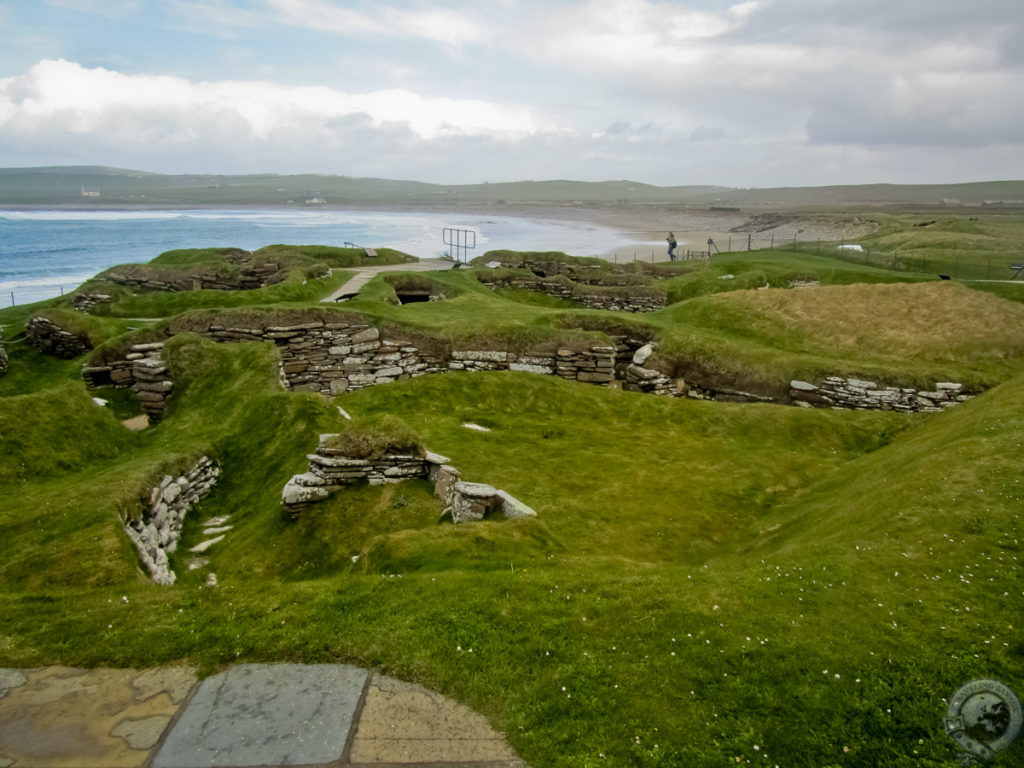
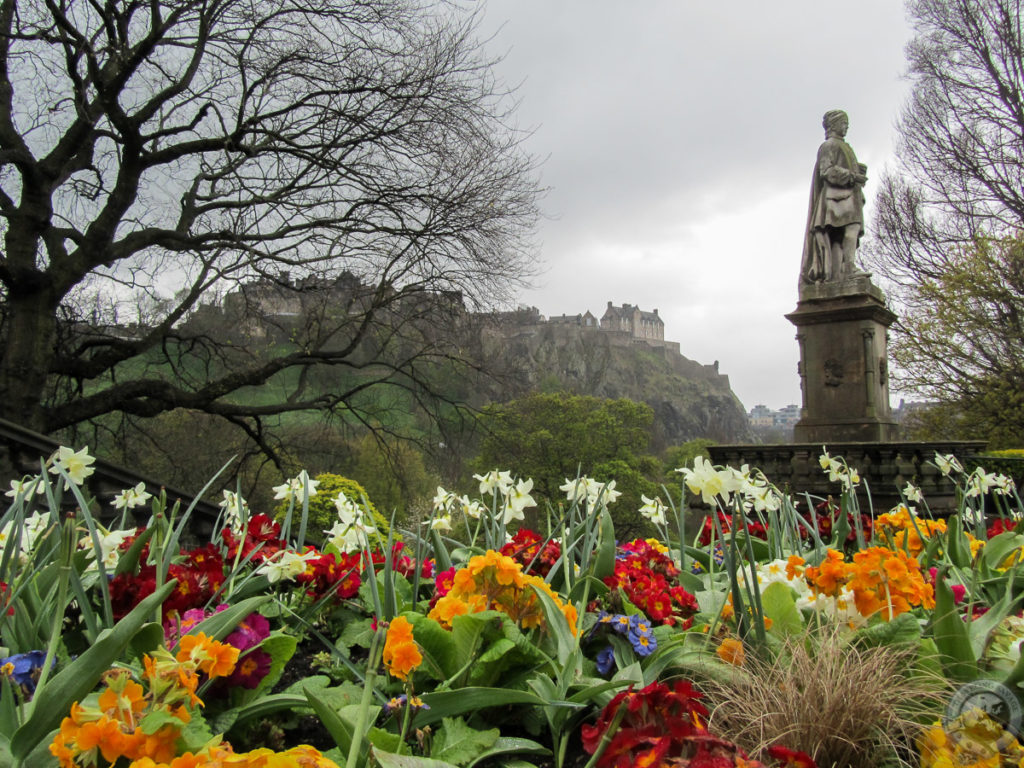
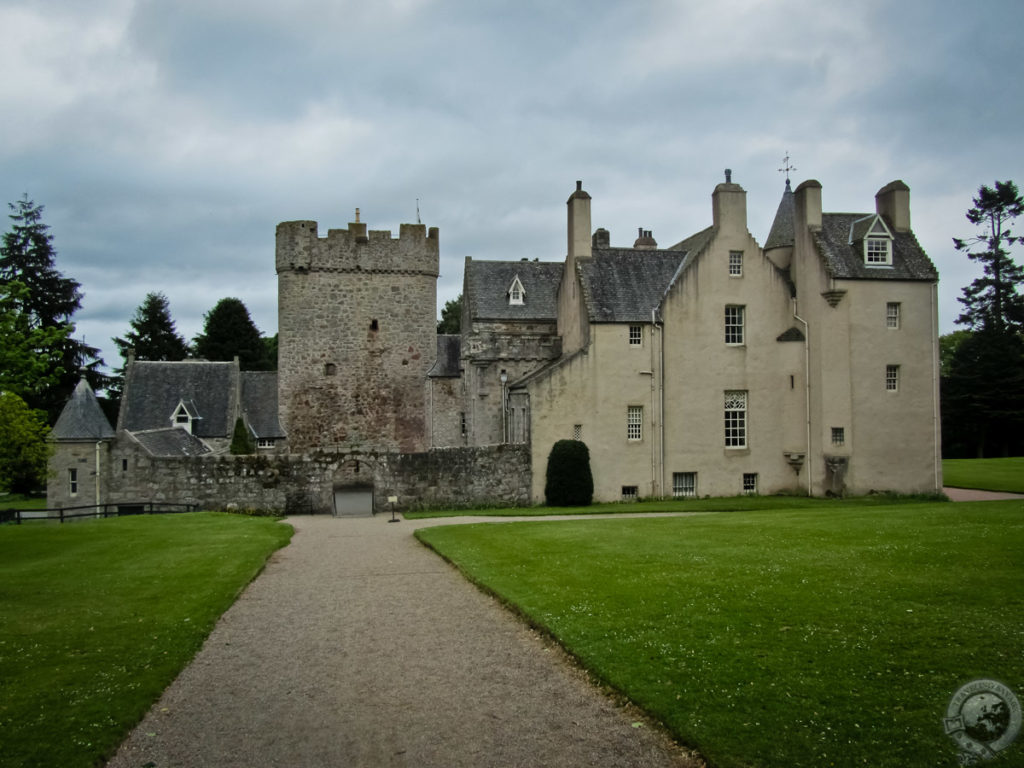
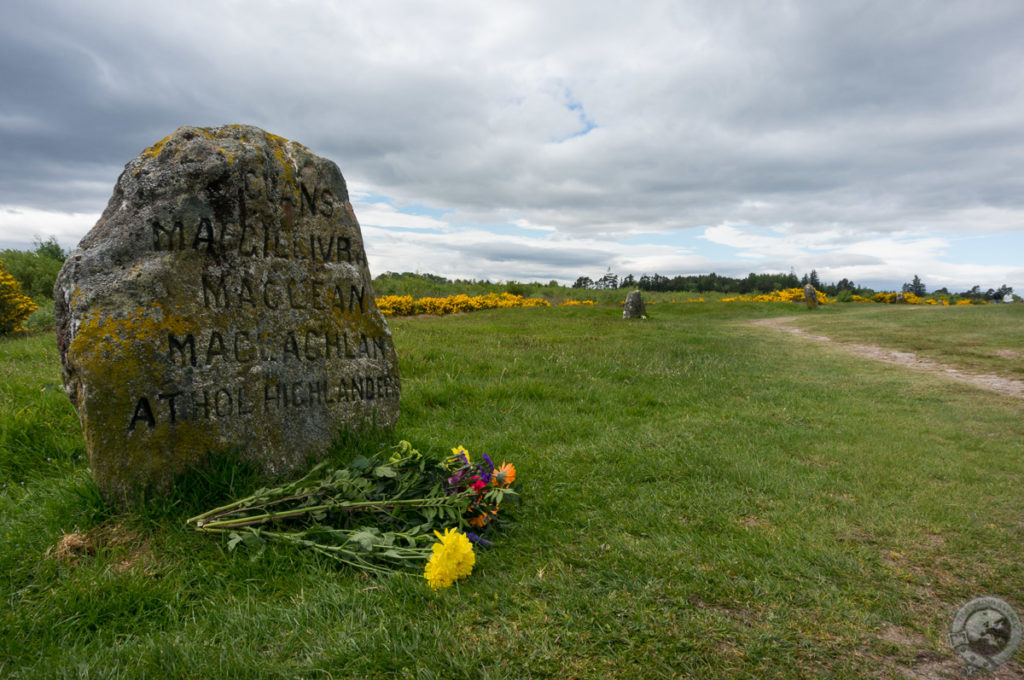
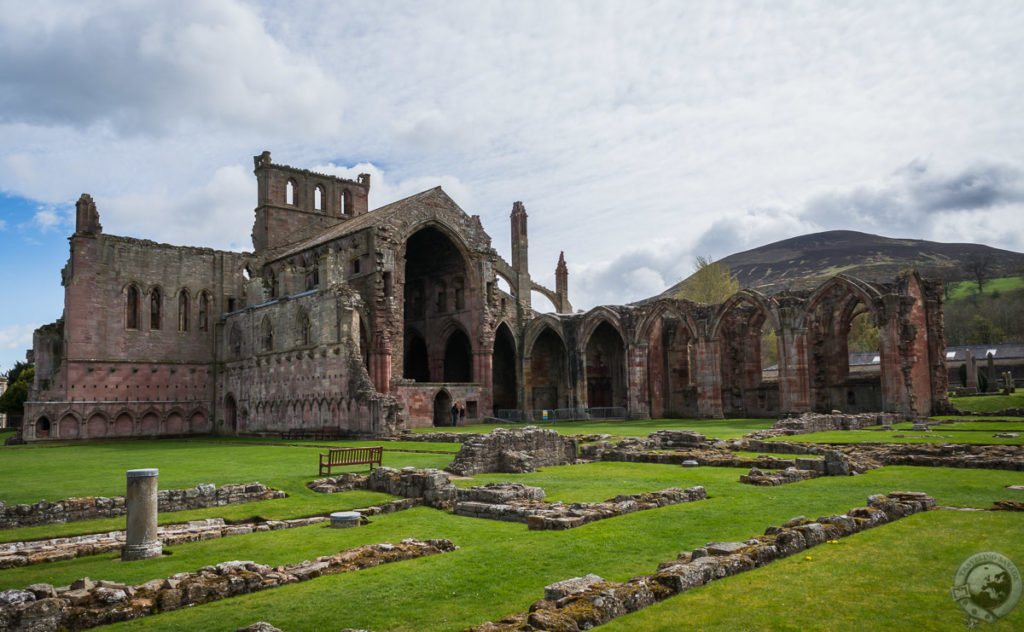
agreed!
Great post with some fascinating historical sites. Orkney is one of my favorites and had me wishing I could go back in time, just for a day, to perhaps understand what life was like in those ancient days.
Love this! My favorite? Culloden!
awww i so want to go back to Scotland!
Wow! fabulous place… It was great to know about these places.
Very interesting place…… It may not be possible for me to visit there, but made me happy by knowing about it.
I love Edinburgh. I went to Uni there, so I lived there for four years. It feels a bit small to me now, after having lived in London, but it’s a great place to be as a student and a great place to visit.
I love the size of Edinburgh! The compact old and new towns make for a dense heart to the city and one that is actually approachable to visitors. Sure, there is some unsavory urban sprawl but nothing compared to nearby Glasgow. I really should have studied abroad in Edinburgh.
Apart from the highlands, the national parks of the country attract good number of tourists. Hiking is an activity you have to try out if you are visiting any of the national parks. The most popular of the country’s national parks are Trossachs, Loch Lomond and Cairngorms. There are a wide variety of things to do and sights to see in this picturesque country. The many specialist tour operators will arrange your vacation according to your requirements fitting your dream itinerary in the time frame suited to you. There are a lot of places to visit with family. If you are visiting Scotland you should not forget to try out the local foods and the local drinks.
[…] The Pictish Trail. The Pictish Trail in this part of Scotland stretches from Inverness north to Dunrobin Castle, a vast swath of land riddled with incredible carved stones well over a thousand years old. From Rosemarkie to Strathpeffer and Nigg to Portmahomack, this trail is unmissable if you have any interest in local history, and it is the perfect way to organize your exploration of this region. The mystery and wonder of the Pictish culture will infect you even if you aren’t a history buff. […]
[…] and draw visitors with a kind of magnetic pull. Think Edinburgh Castle, Dunnottar Castle, Culloden, and Glen Coe. Well, here’s another one: Culzean […]
Planning a honeymoon to Ireland and was interested in taking a ferry over to Scotland and self drive parts of Scotland. Are there ferries that take cars over or options to rent a car once we arrive in Scotland? We will be traveling in March and didnt want a solid itinerary, we were hoping to use the airbnb website. I read that most BnBs close in Scotland during that time so you think it will be a challenge to find a place to stay? I d really appreciate your feedback. Thank you!
Hi Adriana,
There are car ferries that ply the waters between Northern Ireland and Stranraer. Alternatively, you can rent a car in Scotland in any major city and some of the smaller ones. Many B&Bs are closed in March but there are still many that remain open. If you plan to play it by ear, searching for accommodation each night, it will take you longer to find places in March. Frankly, I would prebook.
How would you commend experiencing kilmartin glen
Start at Kilmartin House. That will provide you with tons of information about the sites scattered throughout Kilmartin Glen, places like Dunadd and Carnasserie Castle. You will need a car to see the glen’s sites efficiently.